Treadmills are often associated with walking, jogging, and running—all in one direction. But there’s a growing trend that flips the script: walking backwards on a treadmill.

It may look unconventional, even a bit awkward at first—but research and real-world results are proving that this movement tweak can bring a wide range of physical and mental benefits.
Whether you're recovering from an injury, trying to spice up your routine, or simply curious, here's why walking backwards on a treadmill deserves a spot in your fitness plan.
1. Strengthens Different Muscle Groups
Walking backwards activates muscles that are often underused when walking forward, especially:
- Quadriceps (front of thighs)
- Glutes
- Calves
- Core stabilizers
This makes it a powerful cross-training tool, especially for people who tend to over-rely on hamstrings during forward motion.
Bonus: It also helps build better knee stability, which is great for injury prevention.

2. Improves Balance and Coordination
Because the movement is less familiar, your brain and body have to work harder to stay aligned. This:
- Enhances neuromuscular coordination
- Trains proprioception (awareness of body position)
- Boosts reaction time and balance
Many physical therapists incorporate backward walking into rehab for older adults or patients with joint issues because it strengthens the mind-body connection.
3. Burns More Calories in Less Time
Moving backwards requires more effort—even at slower speeds. Studies show it can:
- Burn more calories per minute than walking forward
- Increase heart rate and oxygen use at lower speeds
- Engage more muscle fibers during each step
That means it's great for short, high-intensity bursts or interval training.
4. Protects Knees and Joints
Unlike forward walking or running—which can strain the knees—walking backwards shifts impact:
- Reduces pressure on the patellofemoral joint (front of the knee)
- Activates muscles that help support and stabilize the knee
- Encourages upright posture, reducing strain on hips and spine
If you’ve experienced joint discomfort during regular treadmill use, this might be a joint-friendly alternative.
5. Adds Variety (and Fun) to Your Workout
Let’s face it: treadmill workouts can get repetitive. Walking backwards:
- Breaks up mental monotony
- Forces you to stay mentally engaged
- Can be paired with incline, music, or guided workouts for even more challenge
Sometimes, adding novelty is all you need to stay motivated and consistent.
How to Walk Backwards on a Treadmill Safely
If you're new to this, start slow. Here’s how to ease into it:
- Use handrails at first until you get comfortable.
- Set speed to 0.5–1.5 mph—slow and steady.
- Keep your posture upright, eyes facing forward.
- Gradually increase duration or incline as you gain confidence.
- Use a treadmill with a safety key or emergency stop just in case.
⚠️ Pro Tip: If your treadmill has voice control (like WELLFIT models), you can say “Slow Down” or “Stop” without turning around—keeping you safer during backward walking.
Conclusion
Walking backwards on a treadmill might look unusual, but the benefits are real—from joint-friendly conditioning to cognitive training and calorie burn. Whether you're rehabbing, cross-training, or simply shaking up your routine, this small change can deliver big results.
If you're excited to try out backward walking or simply want to find a new treadmill or walking pad to add variety to your workouts, here are a few models that might be just what you need:
TM010: A budget-friendly treadmill that offers a smooth walking experience with an easy-to-use interface. Whether you're walking forward or backward, it delivers a comfortable workout, especially for those just starting out.
TM030: A versatile treadmill with a lightweight build, adjustable 0-3-6-10%incline. Great for users of multiple fitness levels, it’s perfect for incorporating backward walking into your routine, whether you’re aiming for a light walk or a more intense session.
TM002: A compact treadmill with 44 in long area that’s ideal for those with limited space. It’s perfect for short, effective workouts, and its foldable design makes it easy to store. Great for a quick 10-minute morning routine or a short high-intensity interval session.
WP017: A sleek, low-profile 10% auto incline walking pad designed for low-impact exercise. It’s quiet, easy to store, and perfect for those who want to stay active throughout the day, whether you're working from home or simply want to keep moving.
WP023: This walking pad 15x37in running area and 265Lbs weight capacity, making it a great choice for people who want a favorable model for consistent walking.
Give it a try—you might just find yourself stepping forward by moving in reverse.




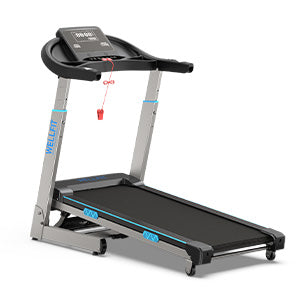
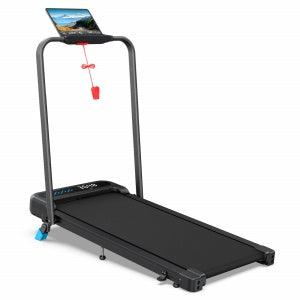
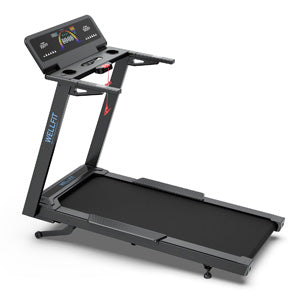

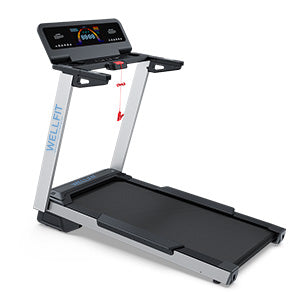
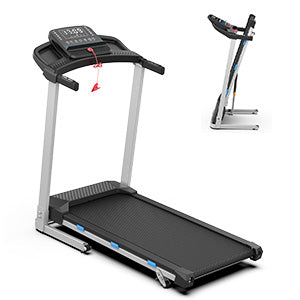
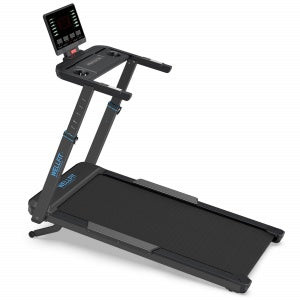
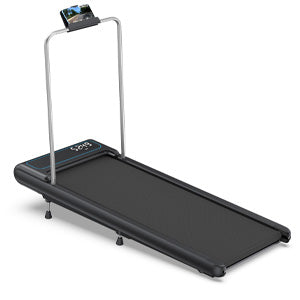
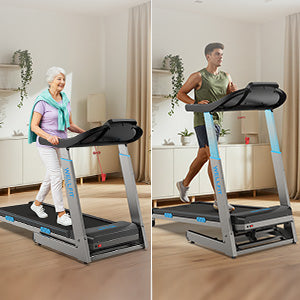
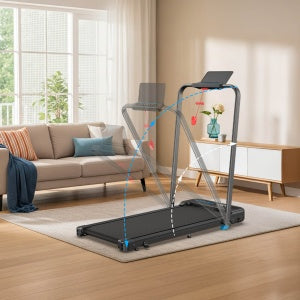

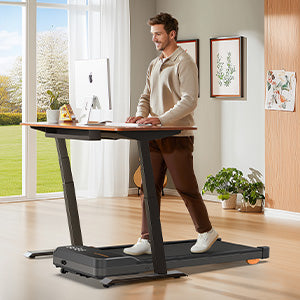
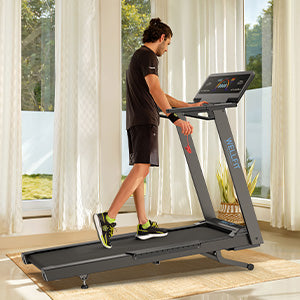
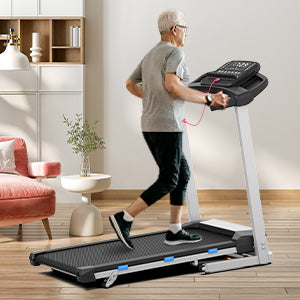

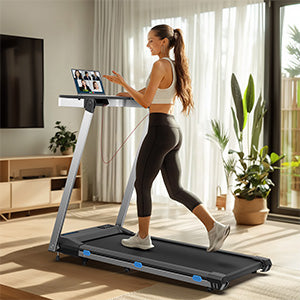




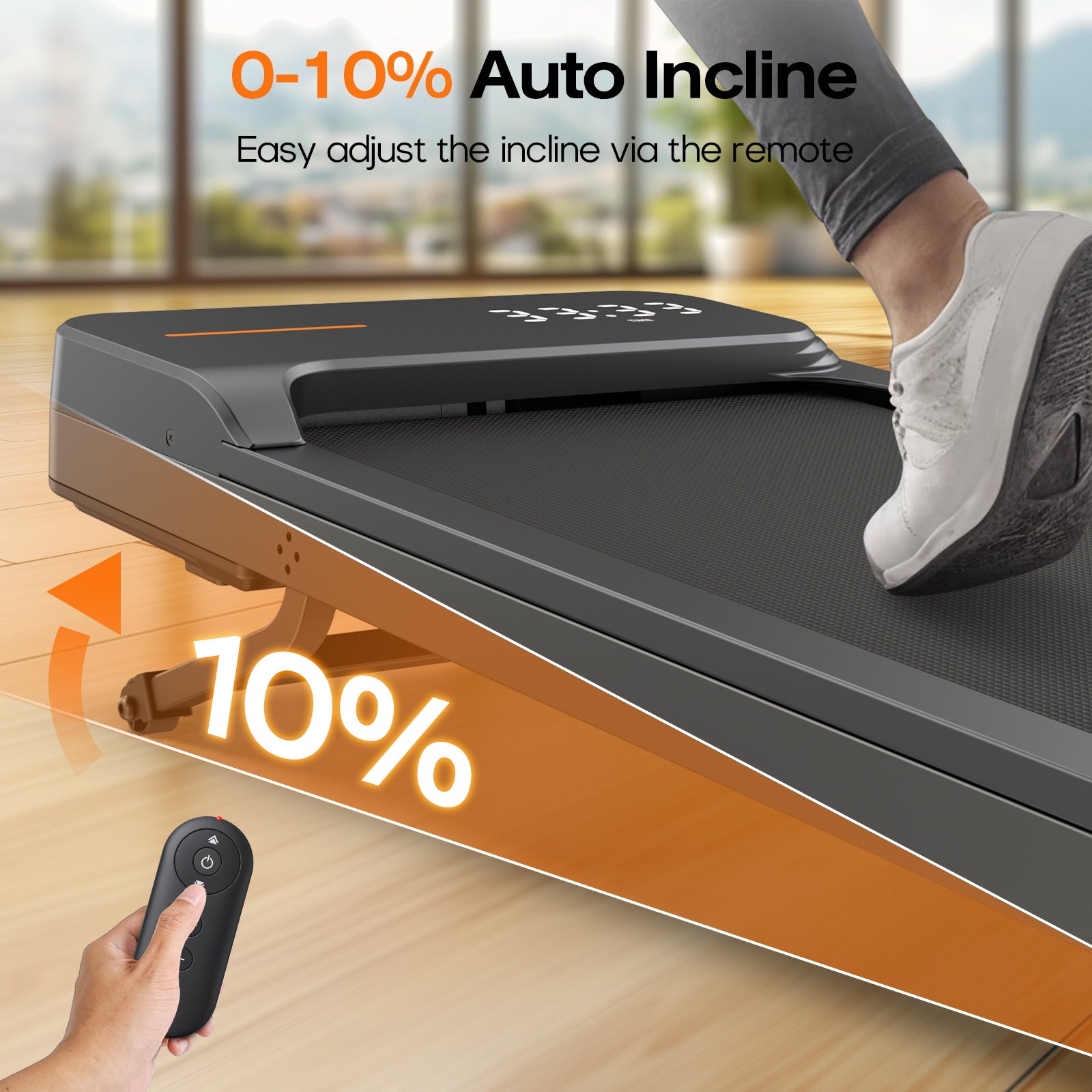

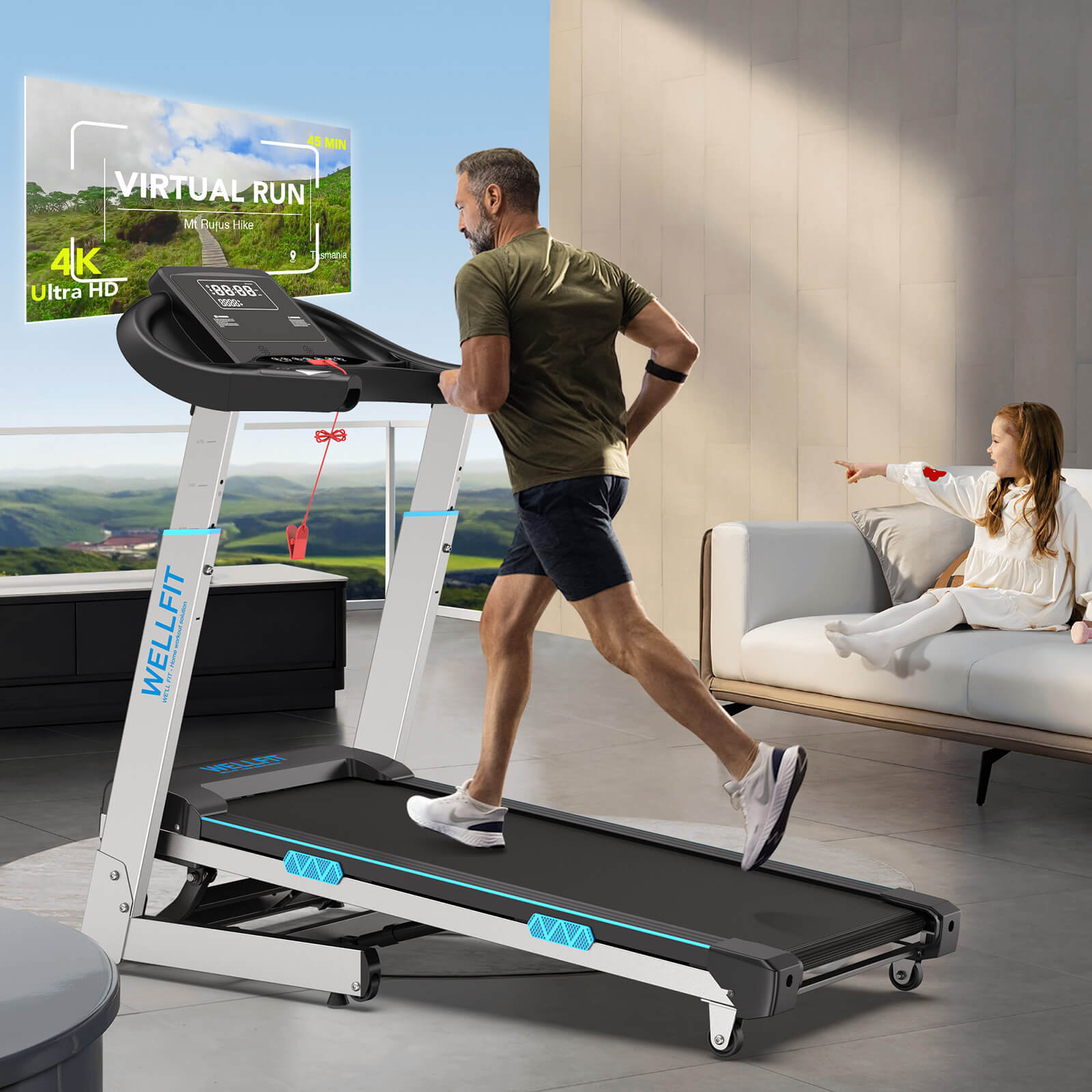
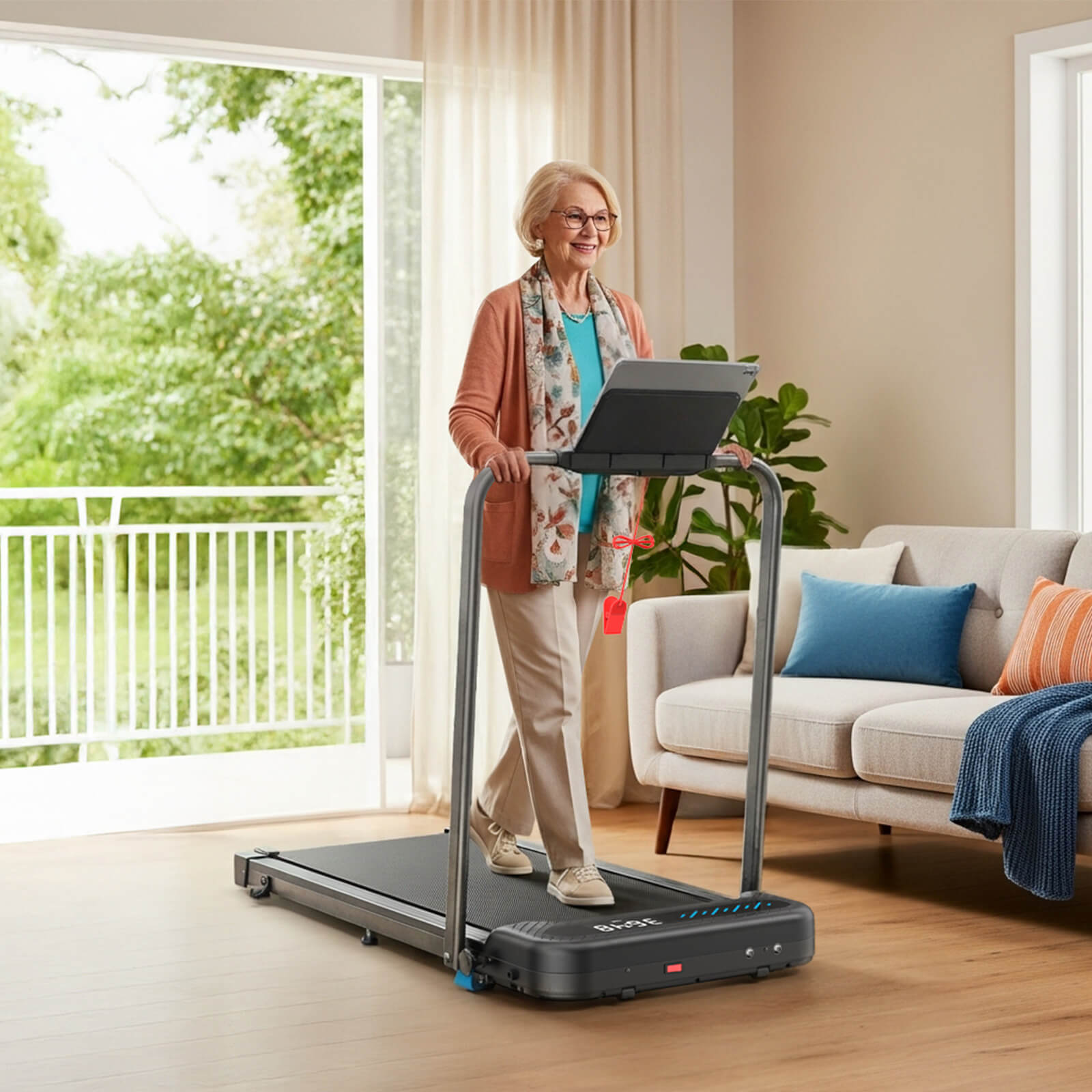


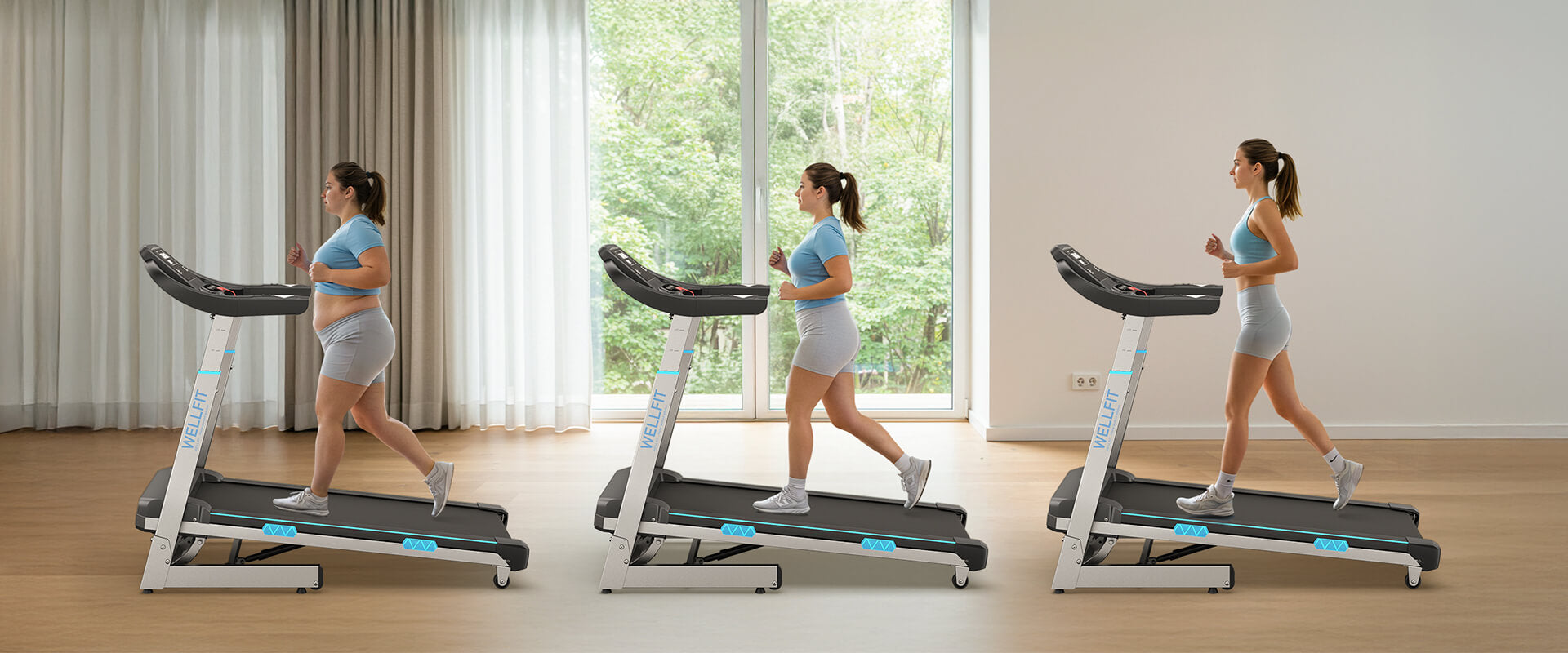





Leave a comment
This site is protected by hCaptcha and the hCaptcha Privacy Policy and Terms of Service apply.